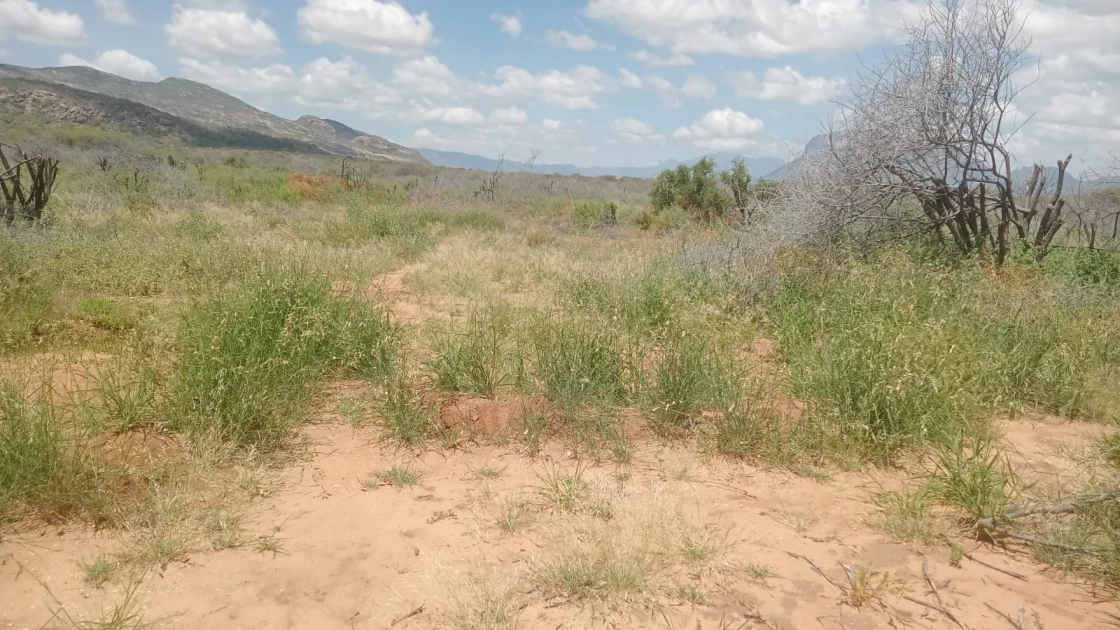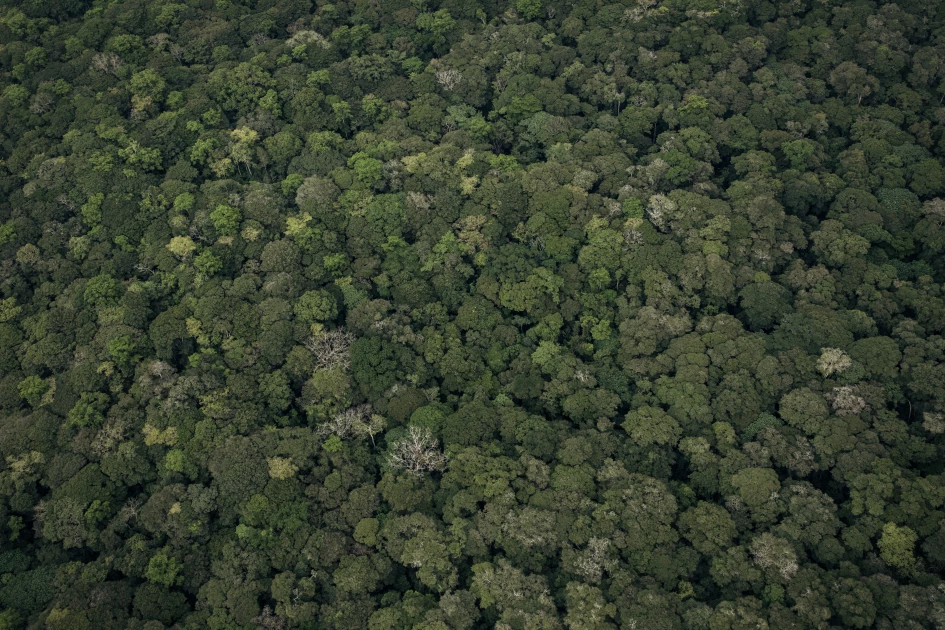Reviving Samburu Rangelands with tech innovation to measure carbon footprints


Audio By Vocalize
Just five years ago, the spectre of drought loomed large, threatening their very livelihood. Today, that narrative has transformed into one of hope and renewal.
Thanks to their tireless efforts, not only are the rangelands thriving, but they are also becoming a source of income through the sale of carbon credits. These credits serve as permits that allow the owner to emit a certain amount of carbon dioxide or other greenhouse gases. Each credit permits the emission of one ton of carbon, symbolizing a tangible step towards combating climate change.
Antoninah Lemekwi, one of the project's beneficiaries, reflects on the profound shift in understanding brought about by the Northern Rangelands Trust, a non-governmental organization that stepped in as a beacon of hope.
“We used to hear about carbon credits, but we had no idea what they meant. The Northern Rangelands Trust taught us that by restoring our rangelands, which had been ravaged by prolonged droughts, we could also cultivate grasses that would not only sustain our livestock but could also generate income through carbon credits," she shares.
TOWARDS RANGELANDS RESTORATION
Scientific research indicates that the East African savanna rangelands can take between 65 to 70 tons of carbon dioxide annually, highlighting the ecological importance of these efforts. But how is this progress measured?
According to Mohammed Shibia, the carbon credit manager for Northern Rangelands Trust, "Our project area is monitored using advanced remote sensing analysis. This technology allows us to assess the success of our activities year after year. We utilize satellite imagery to ensure that carbon credits are generated only for areas where improved grazing practices are genuinely implemented."
The Normalized Difference Vegetation Index (NDVI) plays a crucial role in this monitoring process. By analyzing satellite images of the Earth's surface, NDVI evaluates plant health, revealing the intricate relationship between grazing and vegetation. Healthy plants absorb and reflect light differently than their struggling counterparts, providing critical data.
"Our model distinguishes between the impacts of livestock grazing and the effects of climate change on plant productivity," Shibia explains.
As these pioneering efforts continue to unfold, the Samburu community stands at the forefront of a transformative journey. They are not only restoring their land but also redefining their relationship with nature—one that holds the promise of sustainability and economic resilience for generations to come or the entire planet.
“Our homeland was once a desert. There was no grass, trees had been cut down, and grazing was chaotic,” shares Peter Lesepe, a passionate community member. “But since we embarked on this journey, we’ve planted grasses and our trees are thriving. Order has returned to our land,” he adds.
At its core, the project aims to ensure that communities and individuals who work tirelessly to enhance their land's capacity to store carbon are recognized and rewarded for their efforts. By purchasing carbon sequestered on these community rangelands, the initiative not only provides a vital source of income but also bolsters conservation efforts, creating a sustainable future for all.
The Northern Kenya Rangelands Carbon Project represents a unique opportunity for long-term partnership, employing a forward financing model that allows for targeted investments in local priorities—such as water access, infrastructure, and education. This approach ensures that the benefits of environmental stewardship are felt directly by the communities involved.
CARBON FOOTPRINT MEASURING TECHNOLOGY IN DRC

In a similar vein, the Democratic Republic of Congo recently signed a ground-breaking agreement with Chinese climate-tech company Luokung Technology to implement a Digital Measuring, Reporting, and Verification (DMRV) platform aimed at accurately measuring carbon footprints.
This significant step was witnessed by Lama Onyangunga, Chief Executive Officer of the Congolese Environment Agency, who oversaw the signing the agreement between the DRC government and Luokung Technology Corporation, with Nairobi-based Shiftings Limited representing Luokung’s interests in Africa.
“We are happy that DRC will benefit from this carbon credit initiative. Carbon assets are sovereign assets that will empower the government and its citizens, reducing the need to rely on international loans with exorbitant interest rates,” expressed Cyrus Jirongo, Chief Executive Officer of Shiftings Limited.
As this pivotal moment unfolds, it signifies a growing recognition of the value of carbon credits and the potential for sustainable development in both Northern Kenya and the Democratic Republic of Congo. Together, these initiatives pave the way for a greener, more prosperous future—one where communities thrive alongside the environment.
Lama Onyangunga, Chief Executive Officer of the Congolese Environment Agency, highlighted President Felix Tshisekedi’s unwavering commitment to tackling global warming—an urgent issue that fuels extreme weather events, exacerbates food and water scarcity, disrupts global economies, and jeopardizes human well-being.
“Our President has always emphasized the value of our country as a solution to environmental challenges, given our vast forests,” Onyangunga stated. “This partnership with Luo kung Technology represents a significant step in the global fight against climate change. Not only will it address global warming, but it is also projected to create 450,000 job opportunities, including 7,500 specialized roles. This is a monumental project for our nation.”
Raymond Wu Ying, who signed the agreement on behalf of Luokung, echoed this sentiment, underscoring the critical role of technology in mitigating climate change and safeguarding our planet.
“Harnessing advanced technology is essential for protecting our environment and ensuring a sustainable future,” he affirmed.
The Democratic Republic of Congo becomes the second country in Africa to formalize an agreement with Luokung to measure its carbon footprint, following Uganda's lead earlier this year.
According to a report by the United Nations Environment Programme (UNEP), the peat swamp forests of the Congo Basin store an impressive 29 billion tons of carbon—equivalent to three years’ worth of global greenhouse gas emissions. Furthermore, the Basin absorbs nearly 1.5 billion tons of carbon dioxide annually, making it a vital player in the fight against climate change.
As these initiatives unfold, they pave the way for a greener, more sustainable future, not only for the DRC but for the entire planet.


Leave a Comment